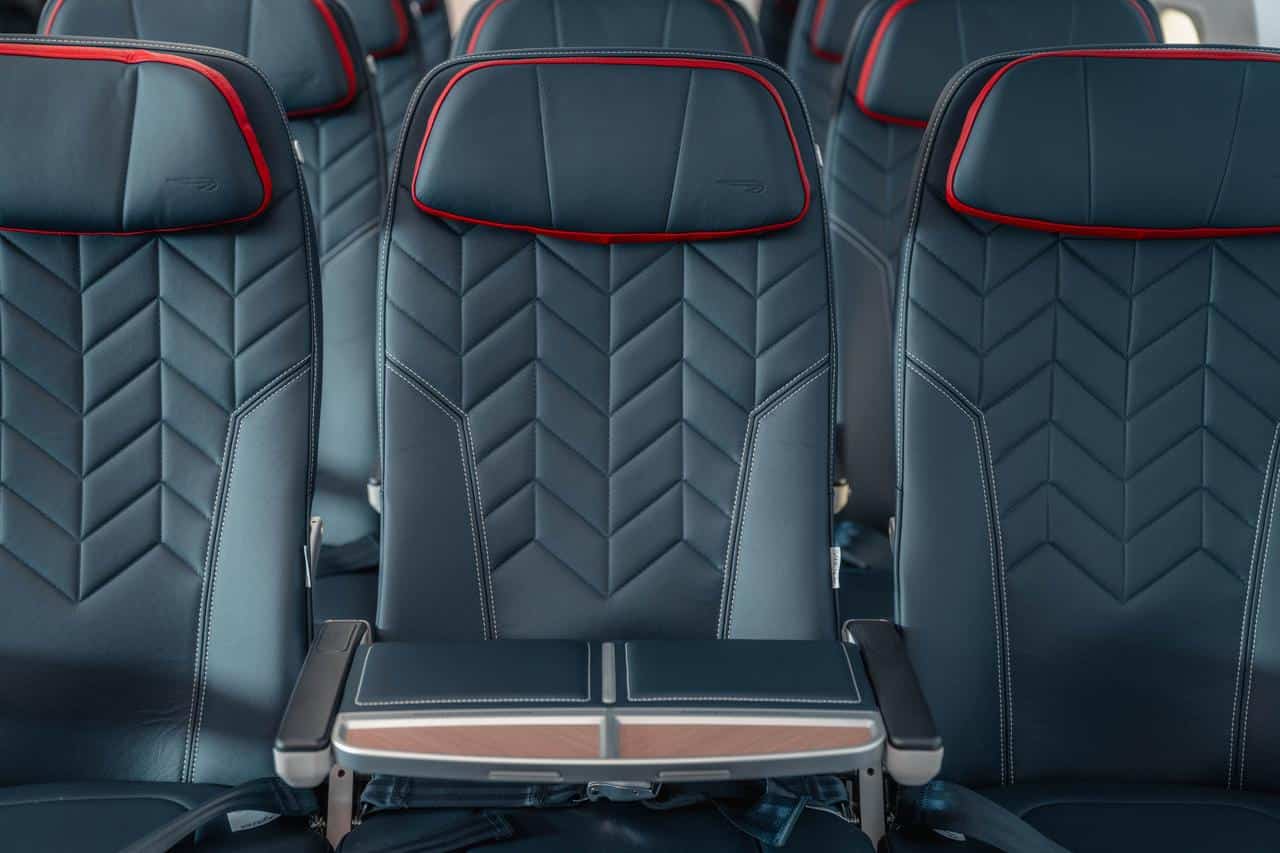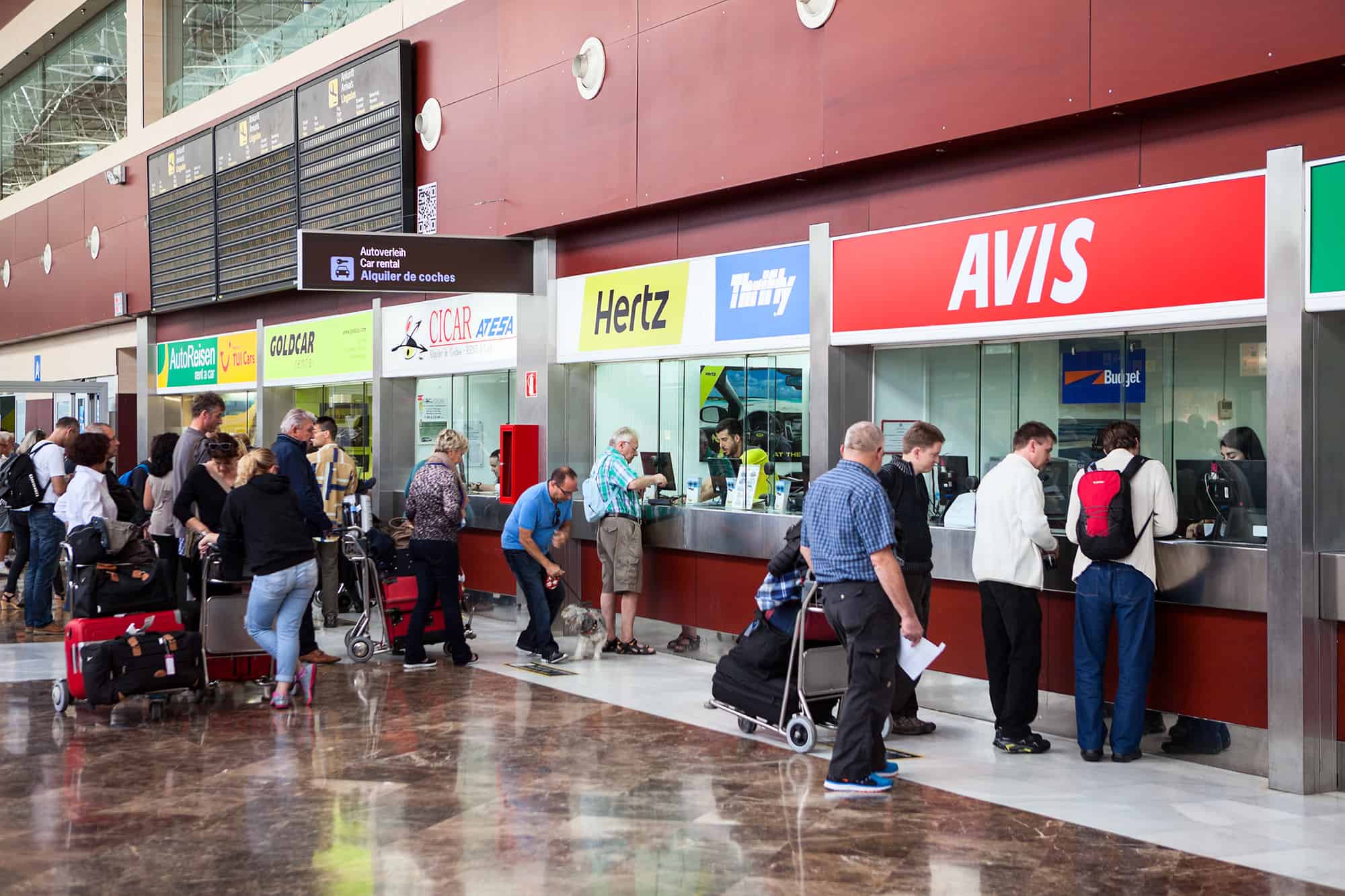According to the SITA Baggage Report 2017, 5.73 bags per thousand passengers were delayed or lost in 2016 – a 12.25-percent drop compared to the previous year and a 70-percent reduction over the past 10 years. Last year’s figures haven’t been released yet but with the increase in the use of technology and IATA resolution 753 coming in to force in June this year, aviation IT specialists have predicted these figures will reduce further.
In this blog post we’re going to look at 3 key changes in technology and how they can benefit customers:
1) RFID technology to enable compliance with IATA resolution 753.
2) Electronic bag tags to increase efficiency for customers.
3) Location tag monitoring for complete visibility and customer confidence.
1) RFID technology to enable compliance with IATA resolution 753.
IATA resolution 753 requires member airlines to keep track of every item of baggage at four key points of the journey: check-in, during aircraft loading, during transfers between aircraft and on arrival. This requires airlines, airports and 3rd party handlers to invest in technology such as RFID tracking which can then be used to give customers visibility of when their bag has passed through these key touch points (RFID stands for Radio-Frequency IDentification and uses electromagnetic fields to automatically identify and track tags attached to objects). In 2016 Delta launched RFID luggage tags which enable customers to view where their bag is via an app and more airlines are giving customers this level of visibility as standard.
2) Electronic bag tags to increase efficiency for customers.
Lufthansa Group announced last month that they have partnered with BAGTAG to enable customers flying with Lufthansa, SWISS and Austrian Airlines to use a reusable electronic bag tag, instead of traditional paper one.
The benefit of these tags is primarily focused on reducing the amount of time it takes you to check in. Once the electronic bag tag is attached to your bag, you can use their app to check in, get your boarding pass and your bag tag, all before you get to the airport. Once you arrive at the airport you can then immediately drop your bag and go through security. A great time saver and perfect if you are a frequent traveller and want to be at the airport for as little time as possible.
In terms of reducing lost luggage, the cause of some delayed and lost bags is that the tag gets caught in the baggage system and ripped off, without any information about which flight it should be on, it then gets left at the airport. BAGTAG have tried to prevent this by making their electronic bag tag with an impact absorbing lens and ensuring it fits securely on any type of bag.
3) Location tag monitoring for complete visibility and customer confidence.
The next level of trackability comes from location tags which you fit to your bag.
Companies such as LugLoc and TRACEME are specifically targeting the travel market but there are also companies who provide location tags for a broad range of things such as personal items like keys or a mobile or when companies give employees laptops or ipads to use in case they get lost. If you are considering buying a location tag, it is worth asking a few questions to help you decide which company provides the best service for what you need. There are our top questions to ask:
What technology is used?
The options are normally GSM/Mobile, Bluetooth, WiFi or GPS.
GPS is the most reliable technology and will work anywhere in the world. Unfortunately, it gets blocked by large objects (like an airline terminal building!) so it’s possible you’ll try and locate your bag from inside the airport and you won’t get any signal.
Mobile/GSM uses the local mobile network and is much more likely to work in the airport. The downside is that that the country has to support the GSM based SIM chip. Currently, Japan and South Korea are the two big countries that don’t support GSM.
Bluetooth can be quite limiting, and you need to be within roughly 30 meters of your bag for it to work. It can be complementary to GSM/mobile or GPS but if the device solely uses Bluetooth, it’s probably more suitable to use on household items such as keys or your phone.
WiFi can be used where there is a strong WiFi signal (usually indoors) and uses less battery than some of the other technology. However, in some countries, WiFi signal is poor at the airport so similarly to Bluetooth, you’d want to have WiFi in conjunction with another method to ensure you have the best chance of locating your luggage.
How long does the battery last?
If your bag is delayed or lost and your tracker runs out of battery you will lose the ability to track it. Battery life ranges from 48hrs to 2 weeks to a year. Most devices are rechargeable between trips but some require you to replace the batteries or buy a new device when the power runs out.
Is there an ongoing cost?
Some trackers are cheaper to buy initially but require you to pay a monthly fee, or need replacing after a year. Others are more expensive but once you have it you can use it for as long as it lasts with no further costs.
Is it specifically designed for tracking luggage across the world?
There are a lot of trackers out there, some companies have chosen to specialise in personal belongings, some have focused on luggage and others do both. That’s not to say that the ones who do both aren’t as good as the specialists but there are some questions we’d recommend asking:
Is the tracker compliant with safety regulations (it needs to go into flight mode during the flight if it uses mobile/GPS/WiFi)? Some of the US-based specialist trackers have been authorised as compliant by the FAA, TSA and FCC which gives you some piece of mind that it is safe to be on the aircraft.
If your bag does go missing, do they offer any support? Some companies offer 24/7 support to customers or have relationships with IATA, airlines or ground handling companies to ensure they can support customers if they need to.
What other services does the company offer for your peace of mind? Some companies send you an email/text when you bag ‘lands’ and is located. Most offer an app for ease of tracking and to use Bluetooth technology.
Whilst these advances in technology and the new IATA regulation are set to improve lost bag rates even further, the lack of integration between airline systems, the volume of customers travelling and complexity of airports and baggage systems means customers will still be experiencing disappointment at the carousel for a while yet. So whether you are going to invest in a location tag or not, check out our practical tips to increase the likelihood of your bag arriving at your destination when you do.






